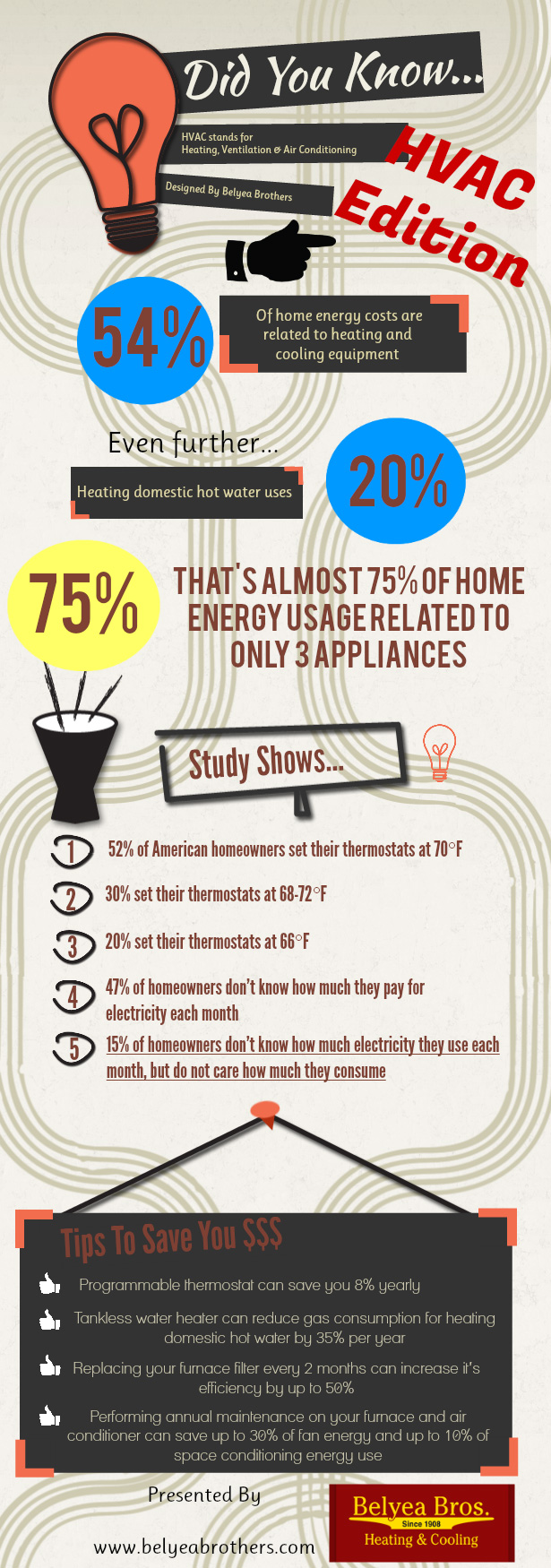The Ultimate Guide To Comprehending Heat Pumps - How Do They Function?
The Ultimate Guide To Comprehending Heat Pumps - How Do They Function?
Blog Article
Material By-Whitfield Gylling
The best heatpump can save you significant quantities of cash on power costs. They can also help in reducing greenhouse gas exhausts, particularly if you utilize electrical power instead of nonrenewable fuel sources like propane and home heating oil or electric-resistance heaters.
Heat pumps function very much the same as ac unit do. This makes them a feasible choice to conventional electrical home heating unit.
How They Work
Heatpump cool down homes in the summer season and, with a little assistance from electrical energy or natural gas, they provide some of your home's heating in the wintertime. They're an excellent alternative for people who want to decrease their use of fossil fuels but aren't all set to change their existing heating system and a/c system.
They count on the physical truth that even in air that appears also chilly, there's still energy existing: cozy air is constantly moving, and it intends to relocate into cooler, lower-pressure atmospheres like your home.
Many power celebrity certified heatpump run at near to their heating or cooling ability throughout a lot of the year, minimizing on/off cycling and conserving energy. For the best efficiency, concentrate on systems with a high SEER and HSPF score.
The Compressor
The heart of the heat pump is the compressor, which is also known as an air compressor. mitsubishi heat pump service streaming tool uses potential energy from power development to increase the stress of a gas by minimizing its quantity. heat pump installation christchurch is various from a pump because it just deals with gases and can not work with fluids, as pumps do.
Atmospheric air gets in the compressor via an inlet shutoff. It circumnavigates vane-mounted arms with self-adjusting size that separate the interior of the compressor, creating multiple cavities of differing size. The blades's spin forces these cavities to move in and out of phase with each other, compressing the air.
The compressor attracts the low-temperature, high-pressure refrigerant vapor from the evaporator and compresses it right into the warm, pressurized state of a gas. This process is duplicated as required to supply heating or cooling as called for. The compressor also consists of a desuperheater coil that recycles the waste warmth and adds superheat to the refrigerant, altering it from its fluid to vapor state.
The Evaporator
The evaporator in heat pumps does the same thing as it does in refrigerators and ac system, changing liquid refrigerant into an aeriform vapor that removes warm from the area. Heatpump systems would certainly not work without this crucial tool.
This part of the system lies inside your home or structure in an indoor air handler, which can be either a ducted or ductless system. read this contains an evaporator coil and the compressor that compresses the low-pressure vapor from the evaporator to high pressure gas.
Heat pumps absorb ambient warmth from the air, and then make use of electrical energy to move that warm to a home or company in heating setting. That makes them a lot much more power reliable than electrical heaters or heaters, and due to the fact that they're making use of clean electrical power from the grid (and not burning gas), they additionally produce much less emissions. That's why heat pumps are such fantastic environmental selections. (And also a big reason that they're ending up being so prominent.).
The Thermostat.
Heatpump are fantastic choices for homes in cold climates, and you can utilize them in combination with traditional duct-based systems or perhaps go ductless. They're a great different to nonrenewable fuel source heater or traditional electrical furnaces, and they're a lot more sustainable than oil, gas or nuclear cooling and heating devices.
Your thermostat is one of the most crucial component of your heat pump system, and it functions very in different ways than a traditional thermostat. All mechanical thermostats (all non-electronic ones) work by using materials that change dimension with enhancing temperature level, like coiled bimetallic strips or the expanding wax in an auto radiator valve.
These strips consist of 2 different types of metal, and they're bolted together to form a bridge that completes an electrical circuit connected to your heating and cooling system. As the strip obtains warmer, one side of the bridge expands faster than the other, which creates it to flex and indicate that the heating system is needed. When the heatpump remains in heating mode, the reversing shutoff reverses the circulation of cooling agent, to ensure that the outdoors coil now operates as an evaporator and the interior cylinder becomes a condenser.